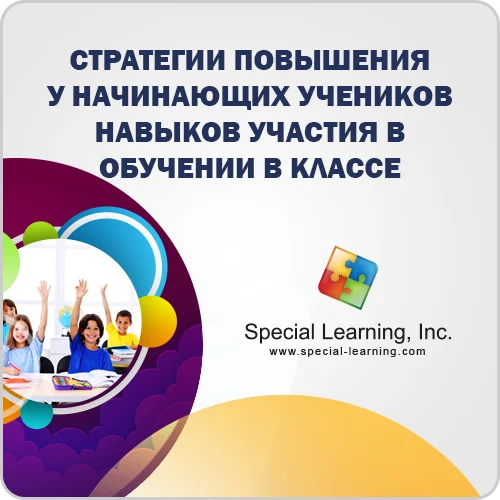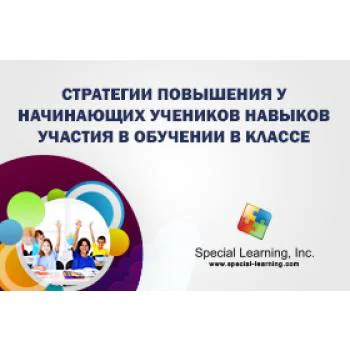
ABA Level 1 (Russian) Session 3: Strategies to Increase Beginner Classroom Participation Skills: Teaching Methods
You could be the first person to provide your opinion.
Purchase now & provide your feedback on this product and receive a $25 store credit!
This webcast will explore common teaching methods used in treatment to develop new behavior, the roots of each method, and how to analyze which method may be the best to apply with your child.
From practice, we know most teachers, behavior analysts, and professionals are well-versed in one, or perhaps a few teaching methodologies such as discrete trial training and natural environment training. This knowledge is typically based on the person’s initial internship and practicum experience, job placement, and continuing education. As the field has expanded its literature, we have additional methodologies that are now implemented with persons with autism, some of which professionals have not had experience or formal training.
In this webcast, we will review the following teaching methodologies from basic to specialized:
- Discrete Trial Training
- Natural Environment Teaching
- Mix & Vary
- Verbal Behavior Programming
- Pivotal Response Training
- Fluency
- Direct Instruction
- Peer Mediated Teaching
Finally, we will look at prompts and behavioral strategies that are incorporated within teaching methodologies including:
- Pairing
- Errorless Learning
- Shaping
- Behavior Chain Procedures
- Correction Procedures
This webcast will provide a review of practice and methodology designed for teachers, paraprofessionals, and parents working with persons with autism and/ or supervising direct treatment staff, and other professionals working in a classroom environment with children with autism and related disorders.
Outcomes:
Upon completion of Strategies to Increase Beginner Classroom Participation Skills: Teaching Methods in Application, participants will:
- Understand and be able to select from 8 common teaching methodologies for use in treatment.
- Understand and describe similarities and differences between teaching methodologies
- Identify different behavior chain and correction procedures for use in treatment



No reviews yet!
For adding a review for this product you need to purchase current product and be authorized.


